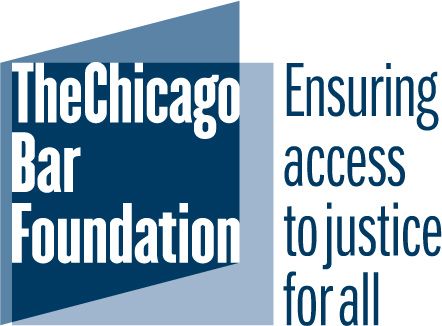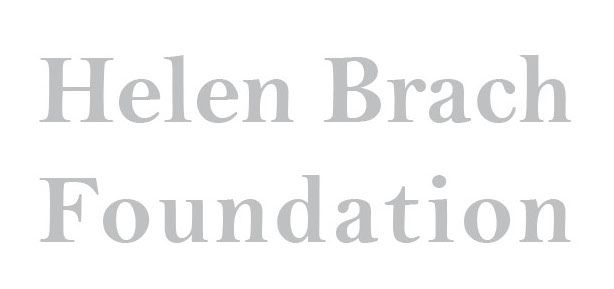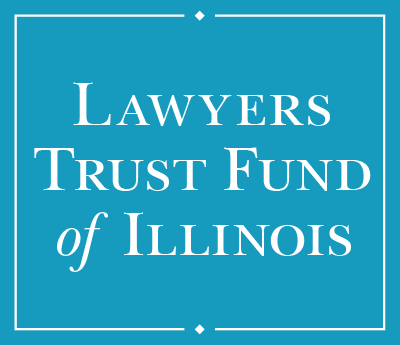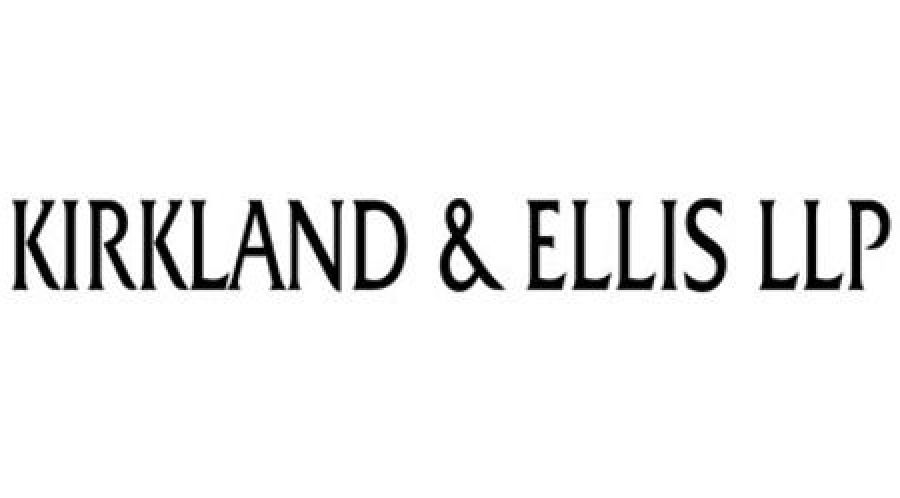On Monday, the New York Times ran an editorial warning of the dangers of “rent to own” contracts. These contracts, where a sophisticated property owner sells a building to someone on an “as is” basis, with no warranty, on an “installment plan.” Typically, the contract buyer is poor, and a tenant with no ownership experience. But in fact, there is no way the contract buyer can afford repairs, and inevitably losses the building after a couple of years. The victims of these scams are too often Black people, as owners take advantage of the segregated housing market. Chicago has a long history of fighting these scams, stretching back to the Contract Buyers League, described here, and discussed in more detail, here. As bad as these deals are for the buyers, they are even worse for tenants and for the larger community. We at UPLC have long experience with these scams in Uptown.
For years, slum landlords in Uptown used "rent to own" schemes to defraud tenants, and escape building code enforcement. They would "sell" large buildings in deep disrepair to someone from the neighborhood--selling a dream that someday the tenant could own the whole building. The "owner" would in the meantime act as the manager, without pay (because they "owned" the building, collecting rent, and passing along almost all of it to the real owner, allegedly towards the purchase price.
When the building inspectors showed up, the owner/manager would pass along the list of failed inspection items to the real owner. only to be told that the owner/manager had "bought" the building "as is" and was responsible for any repairs--which of course the owner/manager had no way to finance. When the City tried to collect fines from the real owner, they were shown the contract, proving that he no longer owned the building and repairs were the sole responsibility of the new owner/manager. Inevitably, after a year or so in court, the new "owner" either walked away, of the real owner terminated the contract on the ground that the property was not being properly maintained. This cycle would repeat itself every couple of years.
Meanwhile, the building continued to deteriorate, and the actual tenants never had any idea who was really in charge. When a tenant did not pay the rent, it was up to the owner/manager to collect. Given the unsophisticated nature of the owner/managers, they did not often invoke the legal process. Rather, evictions were more often accomplished at gun point than through the courts. UPLC sued several of these owner/managers for illegal evictions, and defended scores of evictions from these buildings when the “owners” turned to the courts—usually on the ground that the apartment did not comply with the minimum standards of habitability.
In more recent years, as the buildings deteriorated, and gentrification took hold in Uptown, most of these buildings were sold to developers, who evicted everyone, and converted the building to condos.
The scammers have moved on to new neighborhoods, but as the New York Times demonstrates, the scam remains the same.















